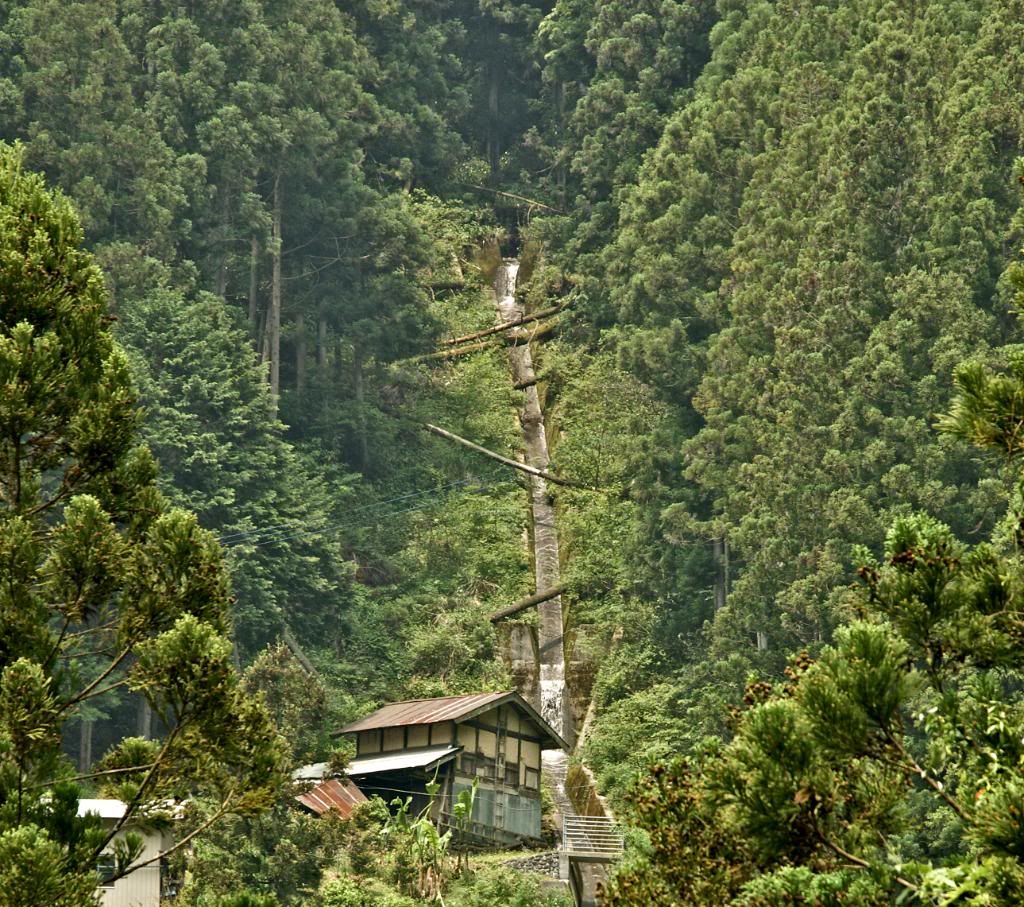 But I'm out for something else. Since I had read Alex Kerr's book "Lost Japan", I was wondering how it would be: the famous Chiiori House, his longtime hideout in Iya. And if I'd be able to find it. Walking cross-country in the valley and over the hills, it's not an easy task to keep your orientation. There are maps, of course, but precise cartography isn't exactly their strong point. I have to rely on my inner compass - and friendly advice from locals every now and then. Problem is, there aren't many people around, as I walk along the country road that supposedly winds up towards my destination. This part of the valley apparently has suffered a lot from rural exodus over the last decades.
But I'm out for something else. Since I had read Alex Kerr's book "Lost Japan", I was wondering how it would be: the famous Chiiori House, his longtime hideout in Iya. And if I'd be able to find it. Walking cross-country in the valley and over the hills, it's not an easy task to keep your orientation. There are maps, of course, but precise cartography isn't exactly their strong point. I have to rely on my inner compass - and friendly advice from locals every now and then. Problem is, there aren't many people around, as I walk along the country road that supposedly winds up towards my destination. This part of the valley apparently has suffered a lot from rural exodus over the last decades.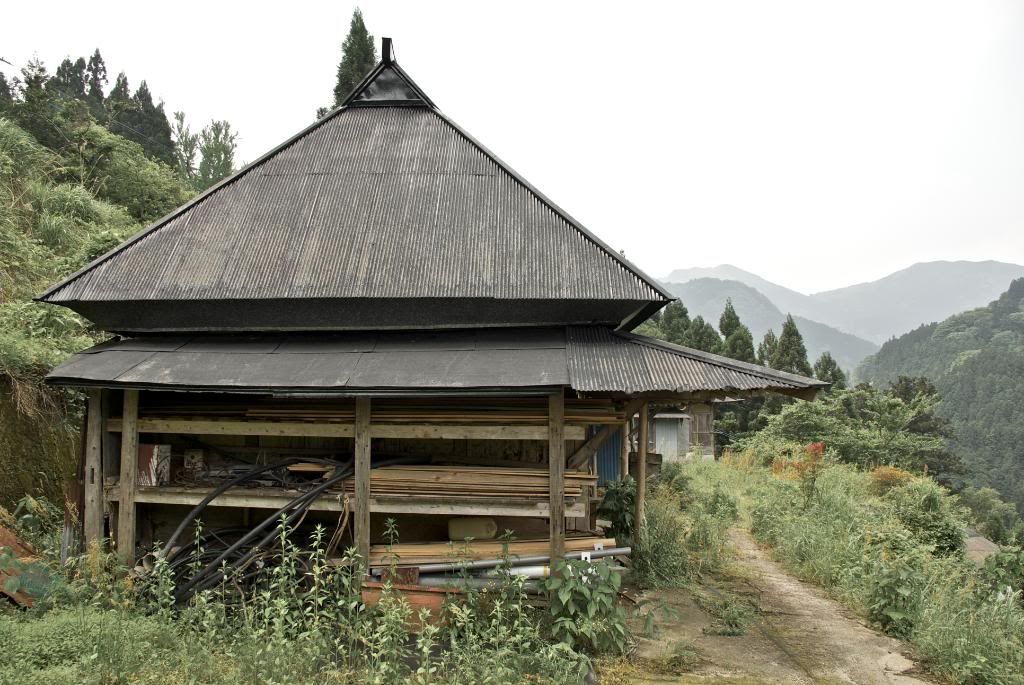 Half way up the (first) hill, a small path leads to an abandoned farm house. Naturally, I can't resist and jump across the provisional fence in order to explore the place. As I approach the old building, a swarm of hungry mosquitoes is starting an attack, but the sanguivorous bugs can't keep me from taking a picture of the interior.
Half way up the (first) hill, a small path leads to an abandoned farm house. Naturally, I can't resist and jump across the provisional fence in order to explore the place. As I approach the old building, a swarm of hungry mosquitoes is starting an attack, but the sanguivorous bugs can't keep me from taking a picture of the interior.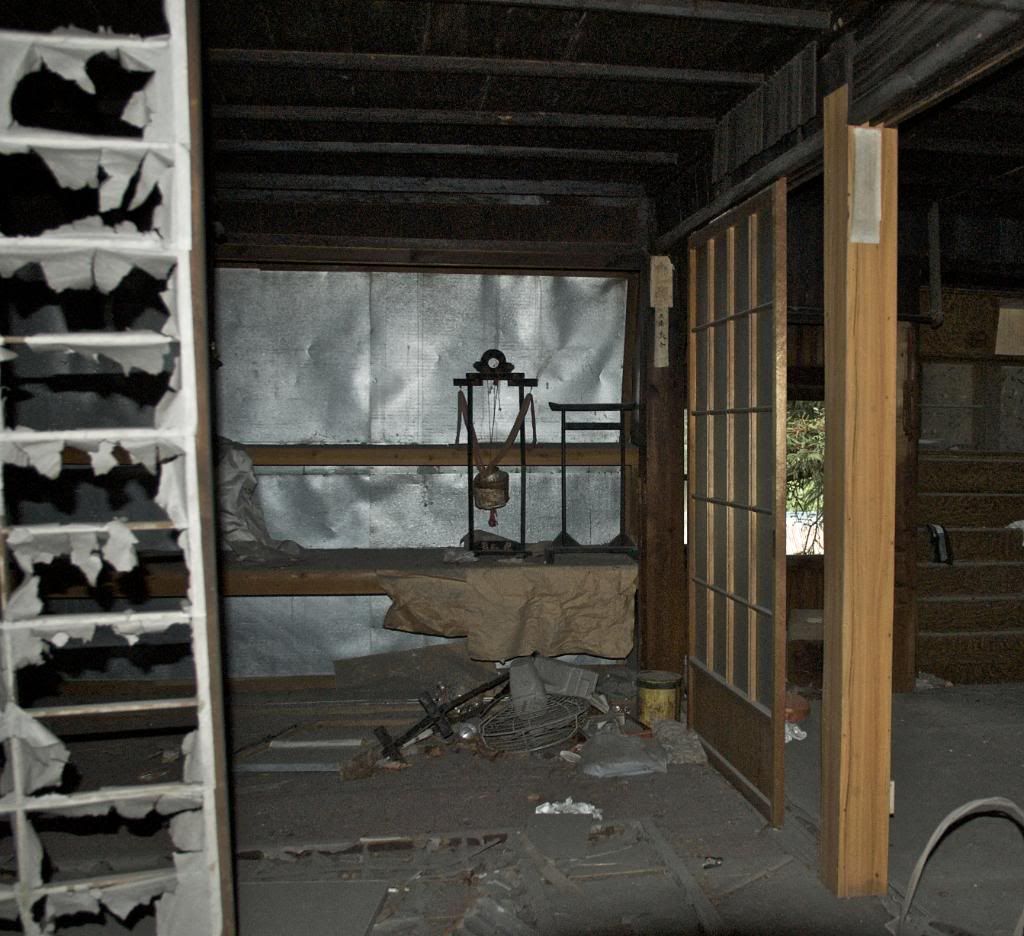 Although vandalism isn't a big issue in this remote part of Japan, what used to be the living room is in a seriously bad condition, and whoever would want to bring this place back to normal would have a substantial task to accomplish. I take it there won't be many people interested anyway, and chances are that the house will remain a destination for haikyo explorers (廃虚), i.e. people whose hobby is venturing through ruins and other abandoned places. In Iya Valley, there is a lot of easy prey for them, as I had found out earlier in a nearby village that was almost entirely depopulated. It should be noted at this point, however, that most explorers stick to the unwritten code to leave "only footprints" at their places of interest.
Although vandalism isn't a big issue in this remote part of Japan, what used to be the living room is in a seriously bad condition, and whoever would want to bring this place back to normal would have a substantial task to accomplish. I take it there won't be many people interested anyway, and chances are that the house will remain a destination for haikyo explorers (廃虚), i.e. people whose hobby is venturing through ruins and other abandoned places. In Iya Valley, there is a lot of easy prey for them, as I had found out earlier in a nearby village that was almost entirely depopulated. It should be noted at this point, however, that most explorers stick to the unwritten code to leave "only footprints" at their places of interest.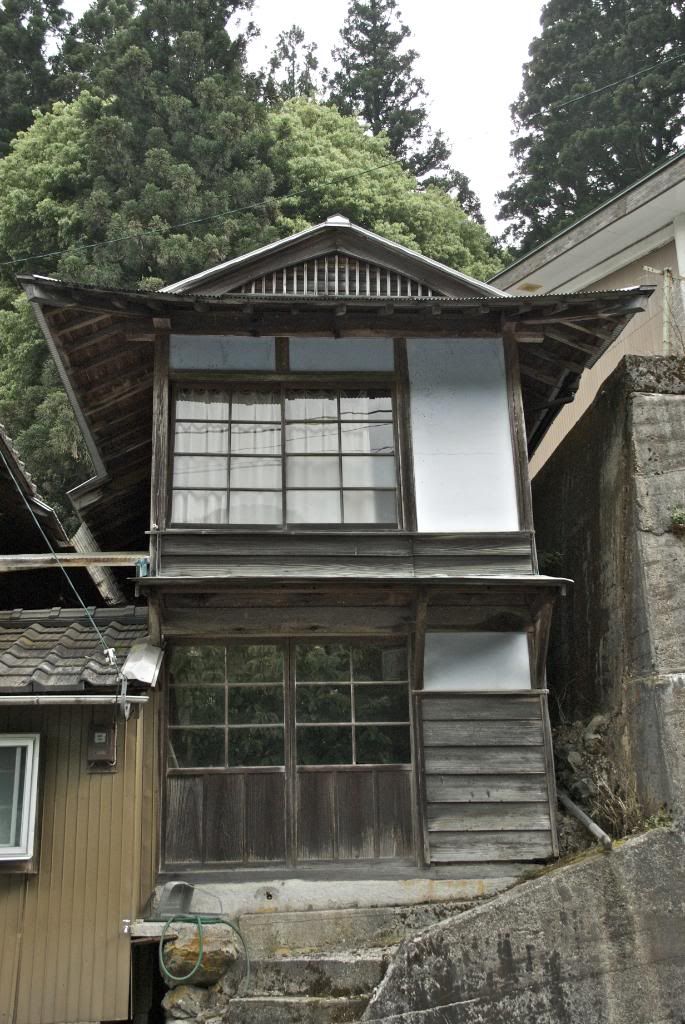
 Abandoned buildings in central Iya Valley. According to information given by local inhabitants, this village has lost more than half of its population over the last 20 years. Photos taken in June 2010.
Abandoned buildings in central Iya Valley. According to information given by local inhabitants, this village has lost more than half of its population over the last 20 years. Photos taken in June 2010.As a matter of fact, the locals show some concern about the future of their rural dwellings. Authorities have been somewhat reluctant to funding infrastructure improvements in the area, however this is about to change, since the tourism industry has discovered Iya Valley as a potential goldmine. Tourists need transportation and lodging. And better signposts, of course.
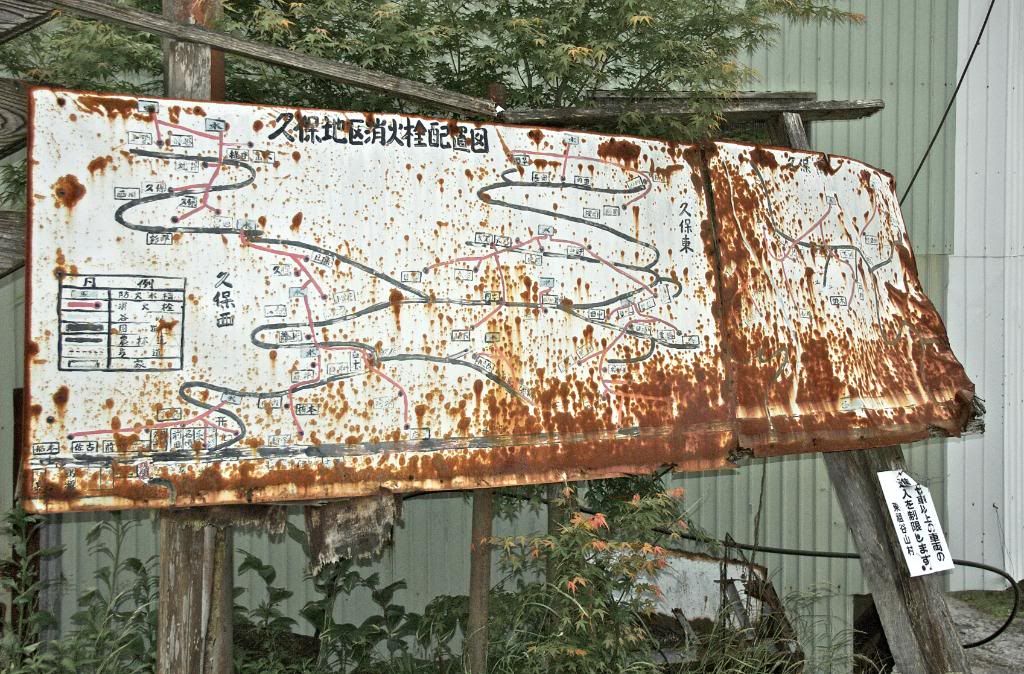
As I continue my journey to Chiiori, I suddenly find myself next to the entrance of a mausoleum, where the remains of the members of an old Samurai clan are worshipped. It seems as if every important site in this valley is somehow linked to the past. There are historic and even pre-historic places to see, as well as old Shinto shrines - some being still in use, some being victim of an inevitable, yet slow decay. Iya Valley is a hidden treasure chest for people who are interested in the history of Japan, albeit the gems are not as twinkling as elsewhere in the country.
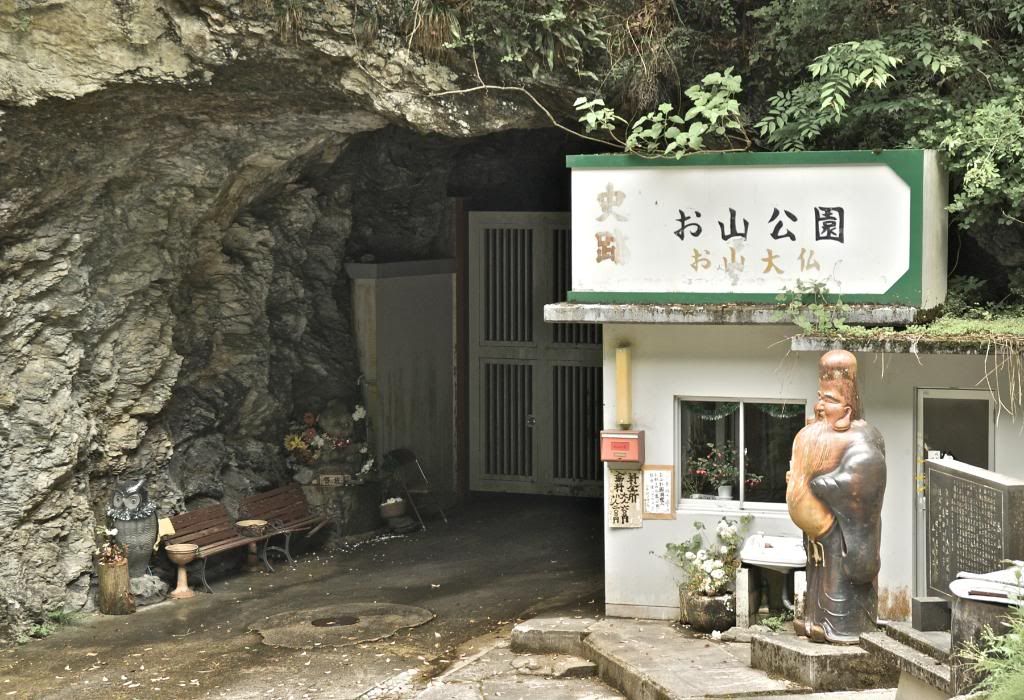 And especially in this rural part of Japan, many people hang on to the old traditions. In another farmhouse, half-way up to Chiiori, I find an old double-portrait of the 124th Tenno and his wife. The owner of the place, a woman in her mid-fourties, welcomes me with a cup of green tea and some delicious pastries. "That's not uncommon", she says, as I ask her about the picture on the wall. "Although the Emperor had lost a substantial amount of power and influence in politics after the Second World War, many Japanese still value the monarchy."
And especially in this rural part of Japan, many people hang on to the old traditions. In another farmhouse, half-way up to Chiiori, I find an old double-portrait of the 124th Tenno and his wife. The owner of the place, a woman in her mid-fourties, welcomes me with a cup of green tea and some delicious pastries. "That's not uncommon", she says, as I ask her about the picture on the wall. "Although the Emperor had lost a substantial amount of power and influence in politics after the Second World War, many Japanese still value the monarchy."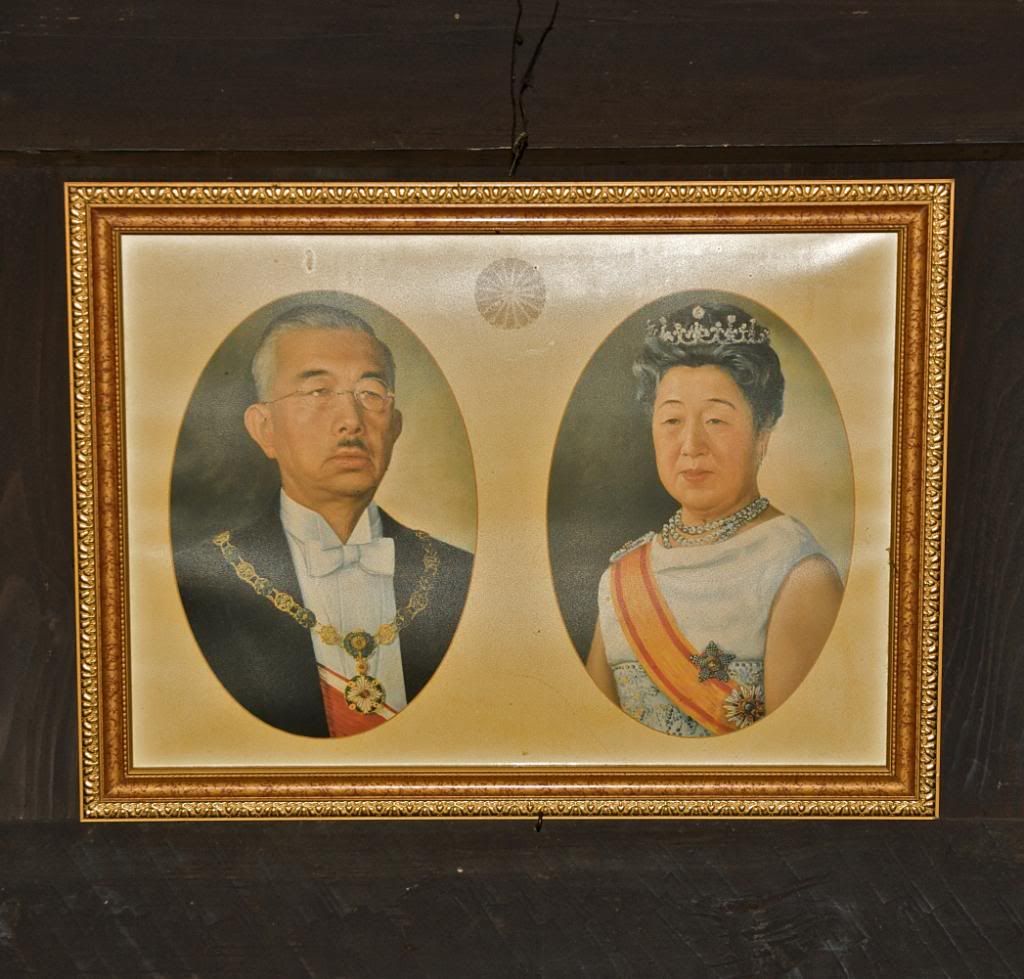 Despite the fact that Hirohito's role as a warmonger isn't undisputed, I'd want to add, but prefer to lead the conversation into calmer waters, as I begin to sense the special atmosphere in this house: The walls are decorated with a plethora of artifacts from the Showa era, and I wonder if it's only for reasons of historical accuracy. Tradition, methinks, has its unsound connotations sometimes. Quietly, I content myself with finishing my cup of tea and finally toddle off towards Chiiori. It's only another 30 minutes until I arrive at Alex Kerr's famous house. The afternoon sky sends some raindrops and a cool breathe from the mountain range, as I enter the idyllic premises. A farm worker is weeding a vegetable bed and doesn't seem to notice me. It's an unheralded visit - that holds an even bigger surprise for me. For there's Alex Kerr himself sitting in front of the house in the garden, having some light meal with a guest.
Despite the fact that Hirohito's role as a warmonger isn't undisputed, I'd want to add, but prefer to lead the conversation into calmer waters, as I begin to sense the special atmosphere in this house: The walls are decorated with a plethora of artifacts from the Showa era, and I wonder if it's only for reasons of historical accuracy. Tradition, methinks, has its unsound connotations sometimes. Quietly, I content myself with finishing my cup of tea and finally toddle off towards Chiiori. It's only another 30 minutes until I arrive at Alex Kerr's famous house. The afternoon sky sends some raindrops and a cool breathe from the mountain range, as I enter the idyllic premises. A farm worker is weeding a vegetable bed and doesn't seem to notice me. It's an unheralded visit - that holds an even bigger surprise for me. For there's Alex Kerr himself sitting in front of the house in the garden, having some light meal with a guest. I'm overwhelmed by their hospitality. Alex asks me to join their conversation and tells me about his new book "Bangkok Found", which is to hit the shelves as we speak. I would want to stay and talk a little longer with him, but he is already about to leave for an appointment in Kyoto. "Business demands me of being increasingly mobile these days", he says. "Only when I'm very lucky I can come to Chiiori more often than once a month." Seems I've been extremely lucky then to have found him here.
I'm overwhelmed by their hospitality. Alex asks me to join their conversation and tells me about his new book "Bangkok Found", which is to hit the shelves as we speak. I would want to stay and talk a little longer with him, but he is already about to leave for an appointment in Kyoto. "Business demands me of being increasingly mobile these days", he says. "Only when I'm very lucky I can come to Chiiori more often than once a month." Seems I've been extremely lucky then to have found him here.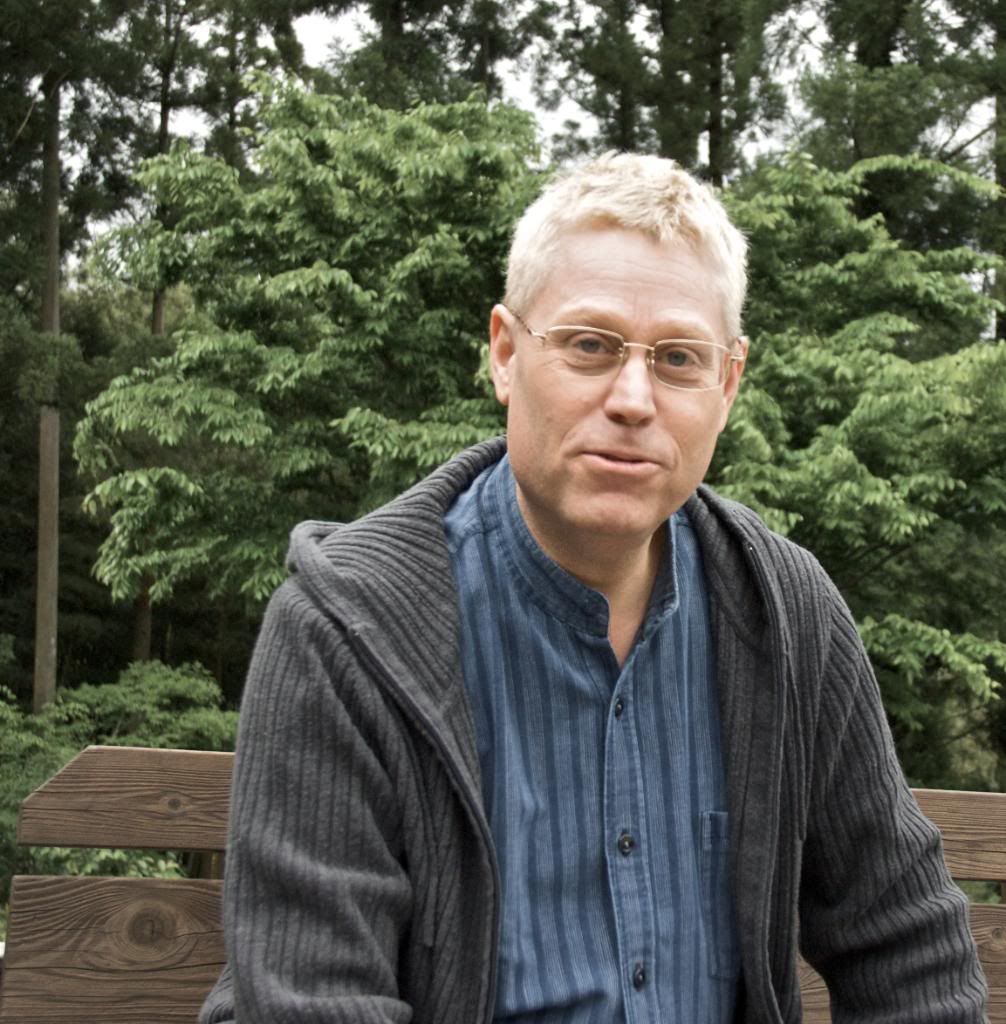 After signing a copy of "Lost Japan" he asks Paul Cato to show me around. Paul is in charge of operations at Chiiori that is run as an NPO and heavily relies on the work of volunteers. He lives here for two years now - and has no plans of leaving, "because I've found my love of the land", as he explains to me while we sit on the wooden floor of the old building. The house is a true gem, in many respects, as it conserves the traditional way of living in this part of the world, and a brilliant example of dedicated restauration work.
After signing a copy of "Lost Japan" he asks Paul Cato to show me around. Paul is in charge of operations at Chiiori that is run as an NPO and heavily relies on the work of volunteers. He lives here for two years now - and has no plans of leaving, "because I've found my love of the land", as he explains to me while we sit on the wooden floor of the old building. The house is a true gem, in many respects, as it conserves the traditional way of living in this part of the world, and a brilliant example of dedicated restauration work.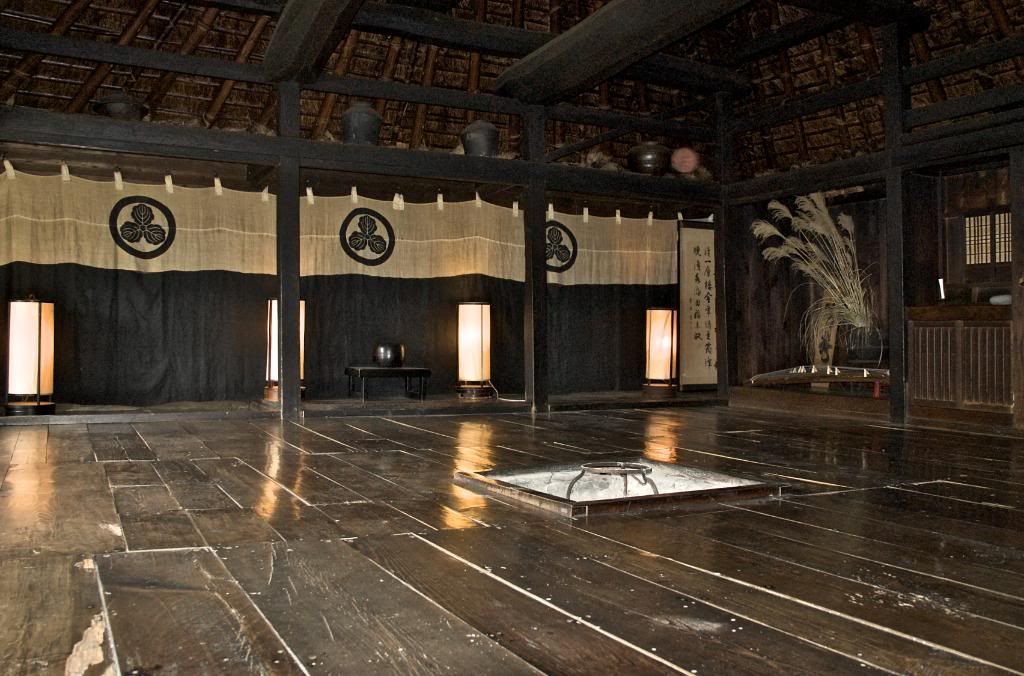
No comments:
Post a Comment